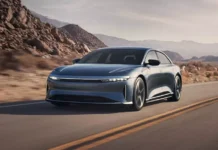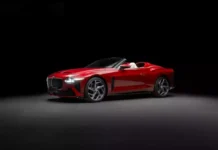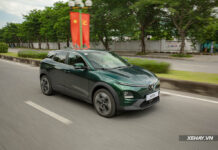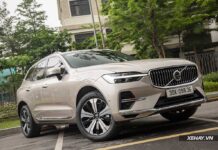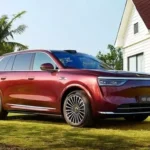Lee Zeldin, head of the US Environmental Protection Agency (EPA), has proposed eliminating federal incentives that once promoted the integration of auto start-stop systems in millions of vehicles on American roads.
Zeldin made the announcement via social media on Monday, describing the feature as “killing your car every time you stop at a light so companies can get an environmental pat on the back.” He added, “EPA approved this feature, but everyone hates it, so we’re fixing it.”
How Does Auto Start/Stop Work?
Auto start-stop technology gained popularity largely due to fuel economy and emissions reduction regulations enacted during the Obama administration. Originally adopted by European automakers in hybrid vehicles, in the past decade, the technology has become prevalent in many new vehicle lines, including SUVs and pickup trucks. While not mandatory in new vehicles, the system has been widely adopted due to incentives from federal fuel economy standards.

While proven to reduce fuel consumption in certain driving scenarios, the auto start-stop feature has annoyed and irritated many drivers.
The system works by shutting down the engine when the vehicle comes to a complete stop and restarting it when the driver releases the brake or presses the accelerator. Car manufacturers argue that this feature saves fuel and reduces greenhouse gas emissions. However, opponents claim that it is annoying, potentially dangerous, causes long-term engine wear, and provides minimal environmental benefits.
Opposition to the auto start-stop system is growing, especially in regions with hot climates or for those experiencing inconsistent vehicle restarts. Common complaints include slow acceleration, interrupted air conditioning, and concerns about starter motor wear.
Despite the opposition, most automakers continue to include the feature. On many models, it is programmed to turn on automatically each time the vehicle is started—meaning the driver must manually turn it off each time, if that option is available.
“I immediately disabled this feature via car software. It is extremely annoying. I especially hate that it always turns on automatically every time I start the car,” commented a user on Zeldin’s X post.
Does Auto Start-Stop Really Save Fuel?
Despite its unpopularity, the start-stop engine system does help save fuel in certain driving conditions.
According to tests conducted by the Society of Automotive Engineers (SAE), this feature can reduce fuel consumption by 7 to 26%, depending on traffic conditions.
“If you frequently crawl in stop-and-go urban traffic, where the engine gets a rest at every red light, then yes, this system can save you some fuel,” says Alex Knizek, deputy director of vehicle testing development at Consumer Reports.
However, Knizek also notes that the benefit is negligible when driving on highways. “A lot of people find this system annoying and will turn it off as soon as the car is started,” he adds.
The EPA’s move comes as the Trump administration pushes for widespread regulatory rollbacks. Zeldin’s announcement has received positive feedback on social media, with many praising it as a “sensible” decision.
What do you think? Is the auto start-stop feature useful, or is it an unnecessary complication when driving?
Aito M8 Sells Like Hot Cakes in Vietnam’s Neighbour: Sips Fuel at Just 0.52 Litres/100km, Beating Motorcycles
The Aito M8 has garnered an impressive 70,000 pre-orders in just two short weeks since its release. This exceptional demand showcases the vehicle’s appeal and desirability among consumers, highlighting its potential to be a game-changer in the automotive industry. With such a strong start, the Aito M8 is poised to make a significant impact and revolutionize the way we experience transportation.
“The Beast” Unveiled: Mercedes-AMG C63 S E Performance Hits the Roads, Priced at VND 4.9 Billion
The Mercedes-AMG C63 S E Performance is an elite performance sedan with a price tag to match its luxurious sibling, the Mercedes-Benz S-Class. This high-performance car is an enticing prospect for any enthusiast, and its owner certainly recognizes the appeal, having also purchased a Mercedes-Benz GLA45 earlier this year.





